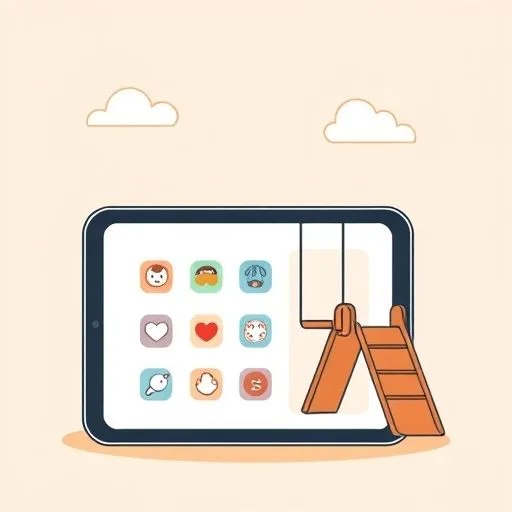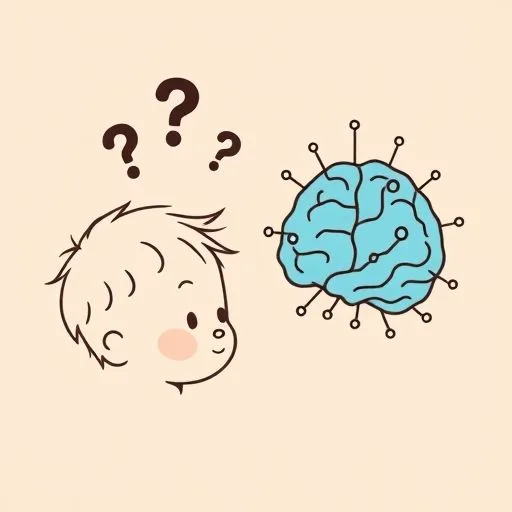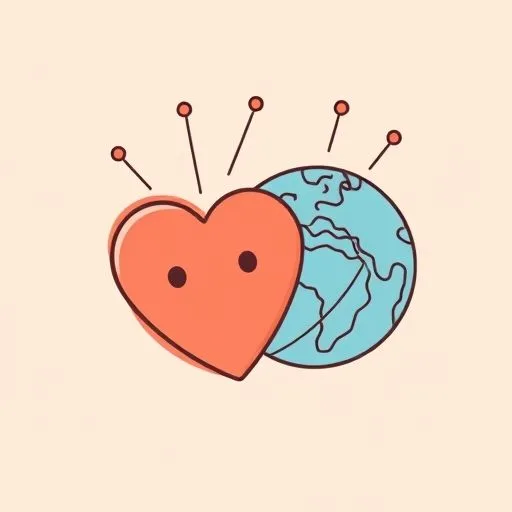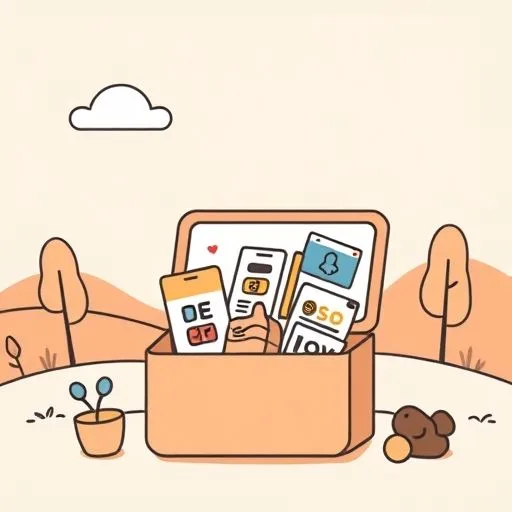
There’s something magical about those moments when your child’s curiosity meets the vast world of knowledge. Just the other day, after our neighborhood park adventure, my little one looked up with those big wondering eyes and asked, “Daddy, how does the computer understand what we say?” As a parent practicing digital parenting, I found myself reflecting on how we’re raising a generation that will grow up with artificial intelligence as natural as the air they breathe.
How Is AI Changing Language Learning for Our Kids?

You know, when I think about it, we’re living through one of the most exciting language revolutions in human history! Those advanced language models that scientists are developing—they’re like digital librarians who’ve read almost every book ever written and now help us find information, write stories, and even translate between languages. For effective digital parenting, we need to understand these tools as extensions of learning rather than replacements.
But the best part is: our children don’t see them as something intimidating or foreign. To them, it’s just another tool in their amazing digital toolbox, right alongside their drawing apps and educational games. In AI education, this natural acceptance is perhaps our greatest advantage.
What if we viewed technology not as something to fear but as the next big adventure in childhood exploration? What fascinates me is how these technologies are changing what it means to be literate today. And that’s actually something joyful to embrace! It’s not just about reading and writing anymore—it’s about understanding how machines understand us.
When my daughter and I explore AI-powered story generators together, we’re not just consuming technology; we’re co-creating digital adventures. It’s like having a never-ending storybook where we get to be the authors and the main characters all at once!
Remember when we used to worry about screen time? Now we’re thinking about how to make that screen time count—how to turn passive consumption into active creation. That’s the real magic of AI in education—it opens doors to imagination rather than closing them.
While AI opens up new worlds of learning, it’s crucial to balance these digital experiences with the tangible joys of physical play.
How Can We Balance Digital and Physical Playgrounds?

Here’s what keeps me awake at night in the best possible way: how do we give our kids the best of both worlds? The tactile joy of running through grass, the sensory delight of finger painting, the social connections built on playground swings—these are irreplaceable parts of childhood. Yet, the digital world offers incredible learning opportunities too. With balanced screen time approaches, we can ensure technology enhances rather than replaces these experiences.
Our solution? We treat technology like another playground—one with different rules but equally valuable experiences. On rainy afternoons when we can’t venture outside, we might explore AI art generators that turn her drawings into magical landscapes. On sunny mornings, we leave the tablets behind for sidewalk chalk adventures. The key isn’t limiting exposure but curating it with intention. This approach to digital literacy helps children understand when and how to use technology appropriately.
What I’ve discovered is that the most powerful learning happens when we blend these worlds. Just like how we analyze data to find patterns, AI helps us understand language in new ways. When we use an app to identify birds during our nature walks, or when we take photos of our Lego creations and use AI to imagine what they might become in a story. Technology doesn’t replace the real world—it enhances our ability to see wonder in it.
How Do We Cultivate Curious Minds in the AI Era?

Parenting a curious child is like being surrounded by a thousand tiny scientists, each with an endless stream of “why?” questions. That relentless curiosity—that’s exactly the mindset needed to thrive in an AI-driven future! The researchers developing those language models didn’t get there by accepting things at face value; they asked “why?” and “how?” until they discovered new possibilities. This is central to effective parenting in the age of AI.
Our role as parents isn’t to have all the answers, but to nurture the question-asking spirit that will empower our children to shape the future.
Our role as parents isn’t to have all the answers (let’s be honest, who does?), but to nurture the question-asking. When my daughter asks how computers understand language, we don’t just give her a simplified answer—we explore together. We might play games where we try to teach a virtual pet new words, or experiment with voice assistants to see what they can and can’t understand.
This is where AI in education truly shines as a partner in parenting. These tools can adapt to each child’s unique learning pace, turning frustration into breakthrough moments. But nothing replaces the gleam in a child’s eyes when they finally grasp a concept through patient guidance and hands-on exploration. That’s the balance we’re seeking—digital tools that enhance rather than replace human connection.
How Can We Teach Values in a Digital World?

As much as I marvel at technological advancements, what truly matters is how we use them to express our humanity. In our home, we’ve always valued kindness, creativity, and empathy above all. These are the ‘heart languages’ that no algorithm can fully replicate, though technology can certainly help us practice them. Digital parenting values must be intentionally taught in our tech-saturated world.
When we use translation apps to communicate with relatives overseas, we’re not just sharing words—we’re sharing love across distances. When we explore how AI can help us understand different perspectives, we’re expanding our capacity for empathy. Technology becomes a bridge rather than a barrier.
What I hope for my daughter isn’t that she becomes a technology expert, but that she becomes a thoughtful, compassionate human who can use technology as a tool for good. The researchers creating those advanced language models—they’re not just writing code; they’re shaping how future generations will communicate, learn, and understand each other. That’s both humbling and inspiring for us as parents.
In the end, whether we’re preparing our children for careers in AI or just helping them navigate a digital world, the most important lesson we can teach is this: technology should amplify our humanity, not diminish it. It should connect us more deeply to each other and to the wonder of being alive.
What Tools Can Help With Digital Parenting?

As we wrap up our exploration of raising kids in this AI-infused world, I want to leave you with a few practical AI parenting strategies that have worked wonders in our household:
- The ‘Tech Tasting’ approach: Instead of long screen sessions, we sample different digital experiences like appetizers—15 minutes of an educational app, followed by 30 minutes of building with blocks, then a walk outside to discuss what we learned.
- Co-creation over consumption: When we use technology, we do it together. Whether it’s making a stop-motion animation or exploring an AI story generator, we’re active participants, not passive viewers.
- The ‘human firewall’ principle: We maintain that people are always more important than pixels. When someone asks for help online, we discuss how technology connects us to real humans who need our kindness.
- Future-focused play: We don’t just play games—we imagine what future technologies might bring. “What if our toys could talk to each other?” “How would you teach a robot to be a good friend?” These questions spark creativity and prepare flexible minds.
Remember, friends, parenting in the age of AI isn’t about having all the answers. It’s about asking the right questions alongside our children and embracing the journey of discovery together. So, let’s embrace this journey together, asking the right questions and discovering the wonders of AI with our little ones by our side, filled with love and curiosity!
Source: Machine Learning Researcher – NLP / LLM, NLP People, 2025-09-23
